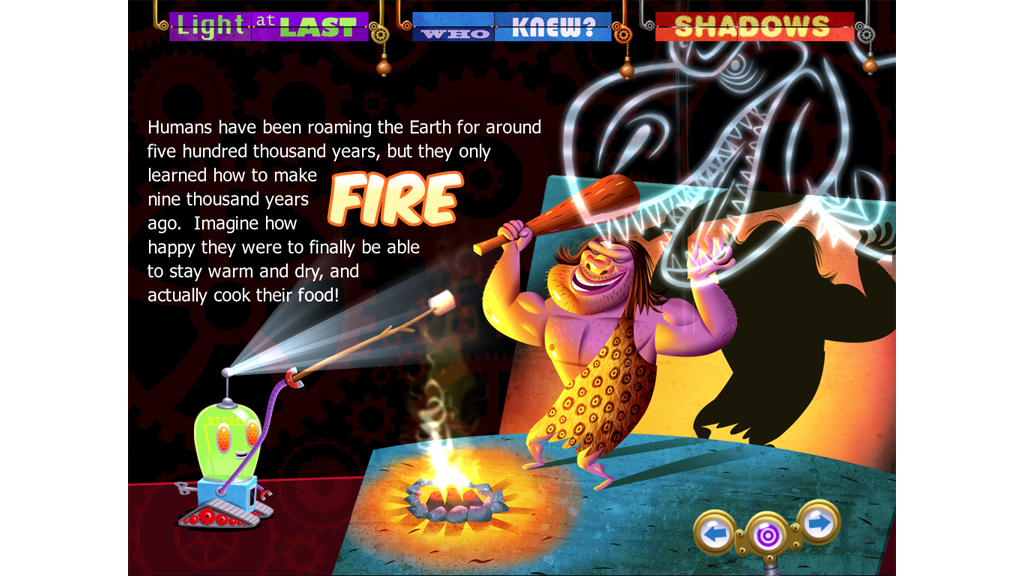A third of American teenagers use mobile devices to do their homework. The relevance of training applications is growing. At the same time, no one is in a hurry to make money in this market. What is the reason, App2Top figured it out.
Despite the sea of content in iTunes U, the presence of a separate category in the App Store and the periodic appearance of high-quality general education programs, the “Education” segment in the mobile application market is still not given due attention by developers. Which seems strange, because at this stage this segment is relatively free and, very importantly, in demand.
According to a recent study by TRU, a division of TNS that studies youth, more than a third of American teenagers do their homework using smartphones. To be more specific, out of 1,000 surveyed students aged 11 to 14, 39% use smartphones in their studies. 31% of them replace a calculator with it.

This is how the school table looks like for some children in the USA today”Middle school students use mobile devices far from just for entertainment,” emphasizes Kristi Sarmiento, head of research at TRU.
“They grow with this technology.”
In other words, there is an audience, there are no applications. However, the reasons why they are not enough are well known.
- The audience they are designed for is insolvent. The kids have gadgets, but no credit card. How to make money on them is a complex monetization issue. It turns out that on the one hand, Apple willingly features training programs. In addition, getting into the top 25 free educational apps in the USA does not require a large number of downloads – 1.2 thousand per day as of May this year. On the other hand, even once in this top, it is unclear how to make money on it.
- It is unclear, in general, how to submit training content. No one will download simple textbooks, no one knows how to combine the game with learning.
- There are few worthy examples, there is no data on their profits, there are no high-profile success stories.
As a result, the risks, in the case of the development of such applications, are so high that, not to mention the development, the publication of training programs is abandoned. And this is despite the fact that the answers to these “challenges”, solutions to problems in the educational segment not only exist, but also lie on the “surface” itself:
1. According to Anketki Research, more than half of parents in Russia (65%) use digital devices to keep their child occupied. It is difficult to say for sure, but we can assume that the figures are much higher in Europe and the USA. This means that parents themselves are looking for good applications for their child. It is clear that, ideally, they would be looking for something educational, but, for example, go to the App Store and try to find something in the “Education” category that, from your point of view, might interest a child? Yes, you will find colorful encyclopedias for 300 rubles. But who will buy them for that kind of money?
That is, it is clear that most of the audience is immediately cut off here: they go to download a farm about Smurfs, buy children – after prolonged persuasion of the latter – for some 33 rubles a bunch of in-game currency and quietly go about their business.
What’s all this about?
In this segment, first of all, it is necessary to work for parents who, as you know, love free apps and colorful graphics. We talk about the benefits, we talk about children, but we are guided in marketing, in positioning, partly in monetization for adults.

Bobo Explores Light is a rare example of a successful educational application2. The famous American writer Neil Stevenson has a novel “The Diamond Age or a primer for noble maidens”.
A lot of it revolves around an interactive textbook, which is something like a Wiki with Siri support, made in the format of an interactive fairy tale. Actually, if someone undertook to occasionally produce a textbook on mathematics in a “Harry Potter” format with tests on the solution of which monetization would be hung, perhaps we would look at the “Education” category in the App Store in a completely different way.
3. There will be such applications, there will be examples.
Of course, all this is nothing more than fortune-telling on coffee grounds. One thing is clear: now this market segment is open for innovation, there is little competition in it. So, there is still a chance to make money on it, to hit the jackpot, because no one knows how long it will be quiet here.
